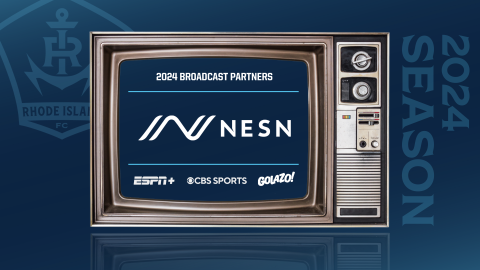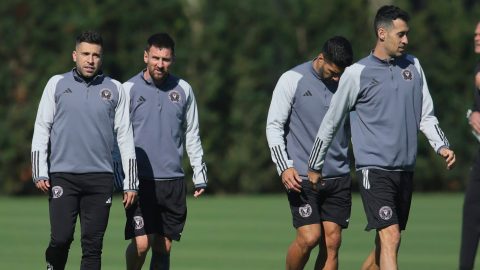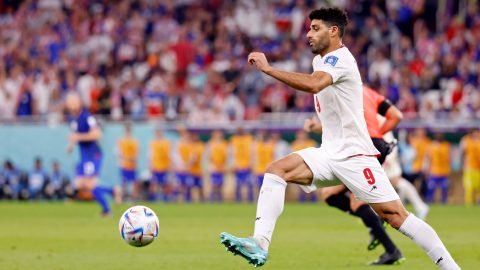Let’s be thankful for Sepp Blatter. If not for the FIFA president’s recent gaffes, we would not have this chance to take an honest look at the issue of racism in both soccer and society.
He made two contentious claims in his infamous interview with CNN. The first was that on-field racism has been eliminated from soccer. The second was that incidents of racial abuse between players should be settled with a postgame handshake. Blatter was unintentionally correct on both accounts.
First, let’s draw a fine, and important, line that will shape this argument. That line is the difference between racism and bigotry.
Racism not only involves deeply held beliefs about the differences between races of people, but also the application of rules and systems that give greater benefit to one group over another. It almost always involves a power dynamic and groups of people.
Bigotry, on the other hand, deals with the behaviors of individuals toward other people or groups. According to Merriam-Webster’s Dictionary, “one who regards or treats the members of a group (as a racial or ethnic group) with hatred and intolerance” is a bigot.
An example of on-field racism would be if bosses at African clubs refused to train young, white defenders because they believed that whites could not keep pace with black forwards. Or a bigoted referee could influence the outcome of a game — penalizing fouls committed by players of one race and letting that same foul go unpunished for others — and face no punishment from league officials when one team proves his behavior is racially motivated.
Systematic racism is all but gone from the field of play. But bigotry is going nowhere fast. The unclosed cases involving Liverpool’s Luis Suarez and Chelsea‘s John Terry — if proven they occurred — would be just two examples of something that takes place on fields worldwide every weekend.
Blatter may have been referring to systemic, on-field racism when he said it no longer existed in soccer. When he referred to players settling racial incidents with a handshake, he mistakenly called it “racism,” instead of “bigotry.” In this case, he was spot on.
Should victims of bigotry and racial abuse remain silent? Should they shy away from their tormentors, while rage and anger eats away at their insides? Would you have them respond with violence? Or is a more divine response the better antidote to the diseases of bigotry (and its cousin, racism)?
Sports are one of the best ways for young people to learn life lessons in a safe environment, and soccer (or football) is one of the world’s great teachers. The spotlight top-level players share is immense, so imagine the effect the following scenario could have.
A top player suffers racial abuse at the hands of another. He reports it to the referee, which triggers an immediate investigation. If the claims are verified, the players sit next to each other at a packed postgame news conference and discuss the incidents in detail. The result could be a public apology, followed by forgiveness and the simple act of reconciliation — a handshake.
The abuser would still face punishment from the league, but the process would go a long way toward healing both the perpetrator and victim.
And how would the scenario affect an 8-year-old who tunes in to watch a game? He or she would be better equipped to deal with the continued existence of racism and bigotry. And we could all be thankful for his, her and our sakes.
Have a question for Marcus Kwesi O’Mard? Send it to him via Twitter at @NESNsoccer, NESN Soccer’s Facebook page or send it here. He will pick a few questions to answer every week for his mailbag.



